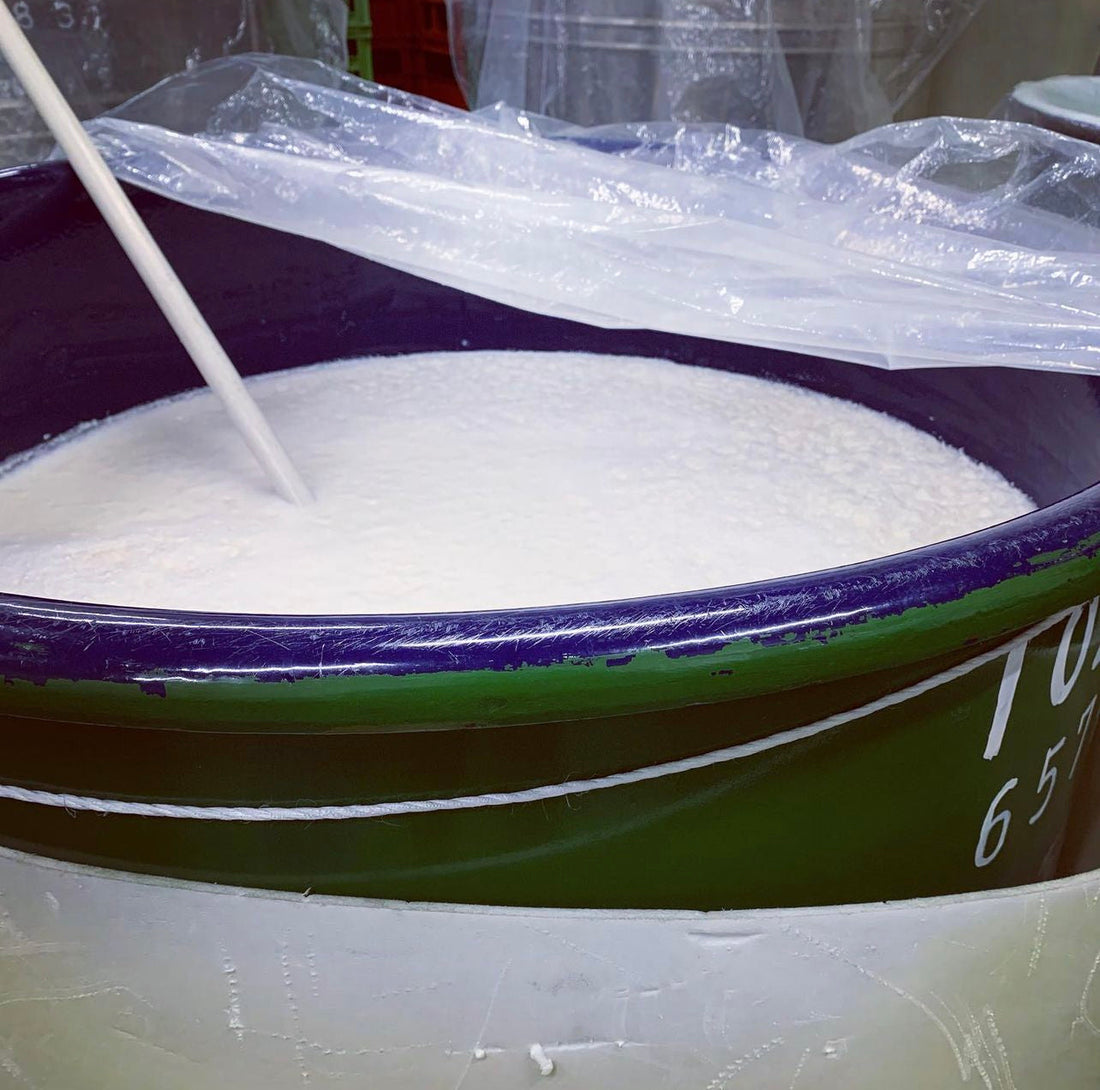
Japanese Sake: History, Production and Tasting
Share
Sake, often called "nihonshu" in Japan, is a traditional alcoholic beverage made by fermenting rice. Its origins date back approximately 2,500 years, closely linked to the development of rice cultivation and Shinto practices. The first written mentions of sake date back to the 3rd century, when its production was part of Shinto religious rites.
Manufacturing process
Sake production involves several key steps:
-
Rice polishing : Rice is polished to remove the outer layers, leaving only the starchy core.
-
Washing and Soaking : Polished rice is washed to remove bran residue and then soaked to achieve the desired moisture level.
-
Steaming : Rice is steamed to make it suitable for fermentation.
-
Preparation of koji : A portion of the cooked rice is inoculated with the fungus Aspergillus oryzae to create koji, essential for the saccharification of starch.
-
Main fermentation : Koji, remaining cooked rice, water and yeast are mixed to initiate alcoholic fermentation.
-
Pressing and filtration : After fermentation, the mixture is pressed to extract the liquid, then filtered to remove impurities.
-
Pasteurization and bottling : Sake is pasteurized to stop fermentation, then bottled for distribution.
Sake tasting
Sake offers a wide range of flavors, from dry to sweet, with fruity, floral, and umami aromas. It can be enjoyed hot, at room temperature, or cold, depending on the type of sake and personal preference. Traditionally, it is served in small cups called "ochoko" or wooden boxes called "masu."
Food and sake pairings
Sake pairs well with a variety of foods, not just Japanese ones. For example, a light, fruity sake pairs well with seafood, while a fuller-bodied sake can enhance grilled meats or dishes with sauces. Exploring sake and food pairings can open up new dimensions of taste.
In conclusion, sake is much more than just an alcoholic beverage; it embodies a thousand-year-old tradition and unique craftsmanship. At Japanheim, we are committed to helping you discover this cultural wealth through a selection of authentic and quality sakes.

